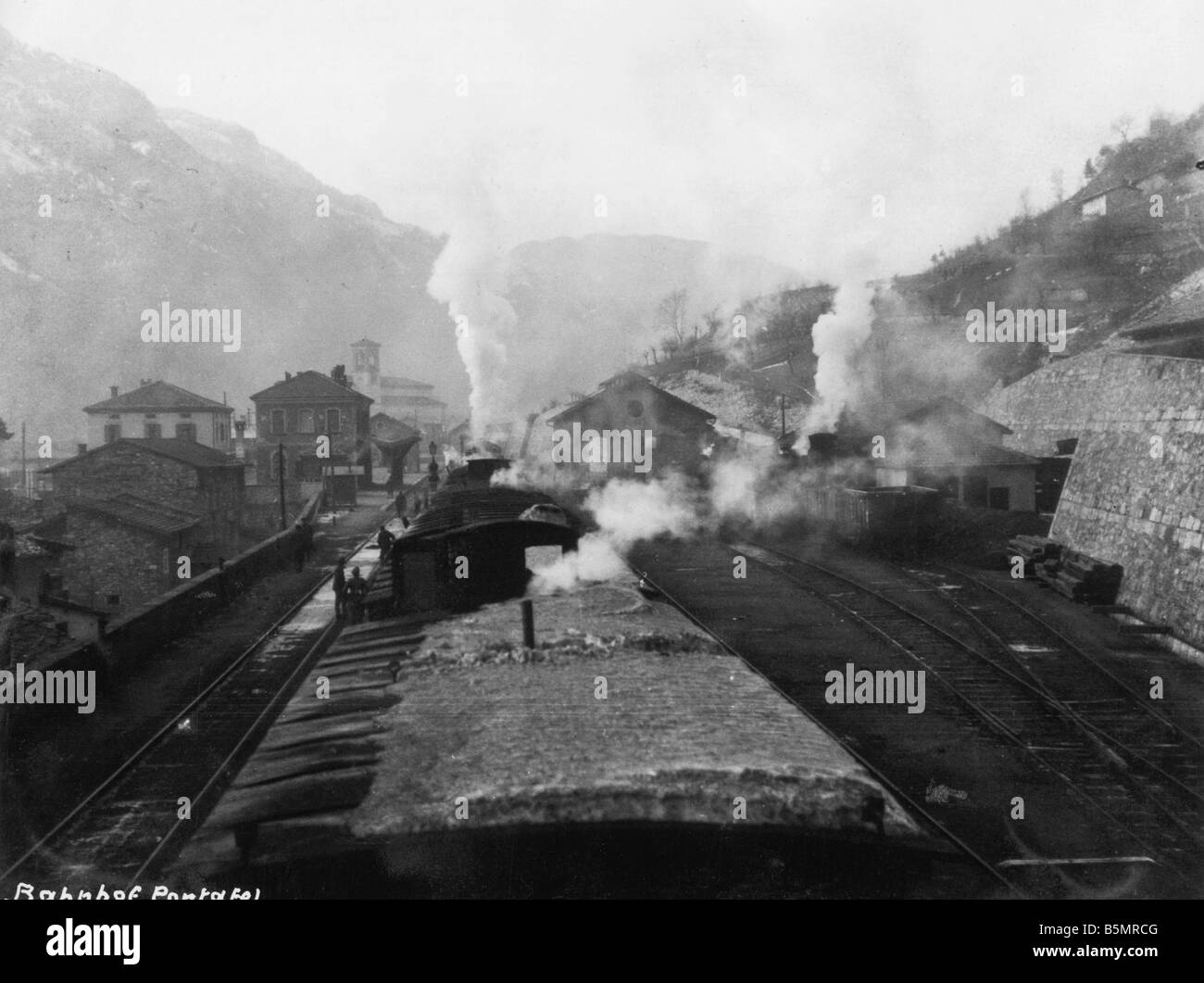
Marie’s paper was punished for committing the great cardinal sin of the war: it had questioned the very idea of the war itself and the wisdom of sending any more soldiers overseas. At the same time, following the lead of the British public and its journalists, Canadian editors were ordered by the government not to print anything that might cause “irritation” in the United States and hamper the sophisticated and successful propaganda war waged by the British out of New York City.


Marie Express, Montreal’s Le Bulletin, and Quebec City’s Le Croix-and they came very close to banning Le Devoir. Sault Ste. Since the Austrian empire contained so many minorities, the ban included almost all the Slavic languages of Eastern Europe, along with German.Ĭensors also banned several Canadian newspapers- Victoria Week, Sault Ste. The censors banned 253 publications, almost all of them journals that came from the United States, where war criticism was legal until late 1917. Just a few weeks before the end of the war, censors shut down every newspaper printed in the languages of any of the enemy powers. Journalists were banned by law from even mulling a non-military solution to a war that should have reached a negotiated end within its first year or two. Russia had been effectively knocked out by the summer, and all the “big pushes” in Flanders had been useless bloodbaths. Canada was in a sorry state, too: the year before, the Parliament building had burned down, and the country was starting to tear itself apart on the question of whether young men should be drafted to fight overseas.īut you wouldn’t have known it from the media’s wartime coverage, which constituted British military propaganda that bore little relationship to the situation at the front. READ MORE: Why we’re honouring exactly 66,349 Canadians who died in the First World Warīy the third year of the war, the Allies were losing in Europe. In the end, censorship wasn’t just a set of ideas that happened to stifle civil liberties-it also cost people their lives. Then censors began pawing through the shelves of record shops, and eventually banned 39 recordings. By 1917, films and plays fell under censorship. By 1914, Canada had allowed the British to censor all the newspapers in Canada, at first by British military intelligence and, later, by a national censor, a former MI5 agent named Ernest Chambers. The screws only tightened throughout the war. Within weeks, any other news that was “useful to the enemy” or “not in accordance with the facts” was banned. Then, initial rules that were given teeth by the War Measures Act were seen as reasonable precautions against feeding German spies information about troop movements, like reports on ship departures from Halifax.īut the scope of these extreme measures spiralled quickly. The Brits’ style of censorship quickly found its way to Canada: In 1905, the Canadian government agreed with the British that news out of Halifax and Esquimalt would be censored if a major war broke out. The best minds in the British press and universities were co-opted to develop censorship and propaganda systems, and they learned that it only worked if the marketplace of ideas was cleansed of competing narratives.ĭuring the First World War, the British enlisted a small army of people to check the newspapers, open mail, intercept telegrams, read newspapers and snoop on private conversations, in an effort to find anything “defeatist.” It was effective by the end of the war, Erich Ludendorff, the Kaiser’s senior general, wrote that it was Britain’s key to victory, as did Adolf Hitler in the next world war, years later. So the British learned their lesson for their next war-the First World War, almost 12 years later-investing significant money and effort into developing a scientific censorship and propaganda system to manipulate world public opinion.
Fog warfare 1917 professional#
Much of the European and American press had supported the Boers, casting these Dutch settlers as victims of brutal British colonialism (though very little ink was devoted to the dispossessed indigenous Africans who were colonized by the Boers and the British). Meanwhile, foreign press printed stories about the new British invention, the “concentration camp” where Boer civilians were herded, and of the boldness of the guerrilla campaigns waged by these farmers against the professional army of one of the world’s greatest powers.

It was also a disaster in terms of public relations.

The Boer War wasn’t just a disaster for the British army in terms of geopolitics and the perception of its power on the world stage. His latest book is The Killing Game: Martyrdom, Murder and the Lure of ISIS (HarperCollins, 2016). Mark Bourrie is the author of The Fog of War: Censorship of Canada’s Media in the Second World War (Douglas & McIntyre, 2012), which was an adaptation of his PhD thesis.


 0 kommentar(er)
0 kommentar(er)
